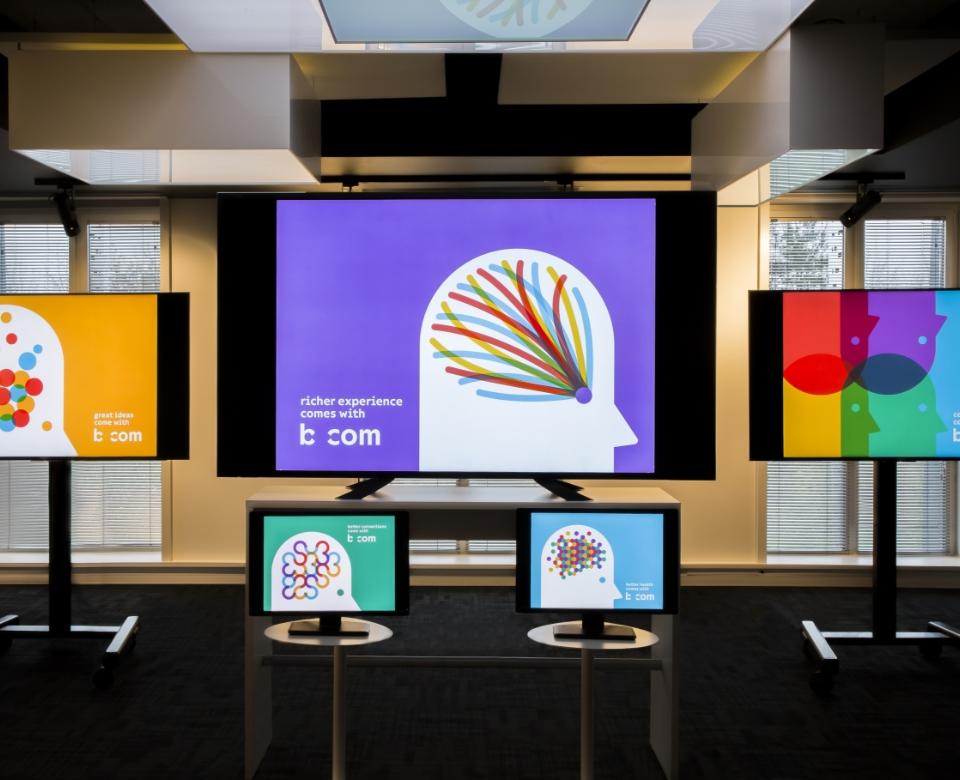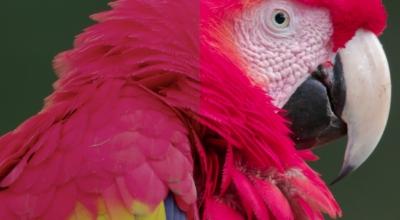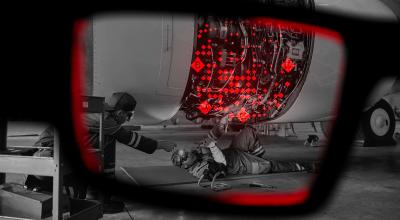Advanced Media Content
Most of tomorrow’s media formats tend to increase the sense of immersion into the content. Transforming the end-user/consumer’s experience by putting them into the middle of the action or information is the challenge, especially whenever narrative aspects are key.

The Advanced Media Content lab is building tools that enable the creation, storage, transportation, and sharing both for and by as many people as possible. It delivers expertise and technologies related to innovative dimensions of images (resolution, depth, color, light, etc.), sound (spatialized), and new rendering devices (screen, projection, AR/VR head-mounted displays with 3 or 6 degrees of freedom, etc.). It develops tools and solutions aimed at enabling the adoption of these future formats by industry professionals, and ultimately by end consumers. Holography and compression systems are key areas of expertise for the laboratory.

The challenges raised by new video and audio formats? Bringing even MORE realism and immersion to the experience, while still remaining easy to use and handle.
-
2019
Product of the Year at the NAB Show in Las Vegas
-
2017
Technology Innovation Award at the NAB Show in Las Vegas




